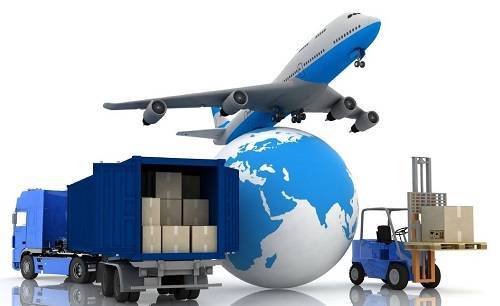Ocean shipping is the backbone of international trade and integral to the supply chain for most industries. Today, according to Statista, around 80% of global trade is transported by ocean-going ships. However, the ongoing coronavirus pandemic has disrupted global trade to a great extent resulting in volatility in cargo rates. Given the competitive scenario, choosing the lowest rates can make all the difference whether you continue to enjoy robust market demand. However, there are several variables that you need to consider when transporting cargo using the sea route. It is, therefore, vital that you know everything about the things that affect the rates of ocean freight, before hiring a shipping company. Some of the most important aspects include:
The Season
The kind of cargo you are moving from one place to another depends a lot on the season. Accordingly, depending on the season, some shipping routes may be in demand more, resulting in the rates going up. For agricultural commodities, like fruits and grains, the peak season coincides with the harvesting time, while for other cargo like consumer goods, summer, and the ensuing festive season starting mid-August drives demand, causing contraction of the availability of capacity and the rates to rocket. However, since the phenomenon is periodic, smart businesses can anticipate it and plan appropriately.
Exchange Rates
Another major factor impacting freight rates is the currency exchange rate. Even though shippers in different countries use different currencies, the freight industry uses the dollar as its standard. Therefore, if you are shipping to a different country, you will need to figure out the movement of the exchange rates between the domestic currency and the dollar. Even the slightest of fluctuation can make a huge difference that may be difficult to absorb.
Container Capacity
There are two ways in which you can ship in containers. If you don’t have enough cargo to fill an entire container, you can choose the LCL (Less than Container Load) option. The shipping line will share the container with others so that each of them can save money. However, LCL rates can fluctuate depending on the demand at any given point in time, and your cargo could also experience delays because it can take time to get enough cargo together to fill the container optimally. Additionally, the shipment may take a longer route because of the convenience of the Shipping Containers line. Using the FCL (Full Container Load) is faster, but the rates are typically higher.
Conclusion
The above factors are some of the most important ones impacting the freight rate. However, you will also need to plan for other costs that you may incur on fees and fines, and terminal costs. If the shipment faces delay due to any reason, you may have to pay fines that can drive up the rate. Also, terminal fees, both at the boarding and the destination, while predictable, may be affected in case of delay or excess weight. Because of the impact of multiple factors that exporters may find difficult to account for, it makes better sense to engage a competent freight forwarder.
